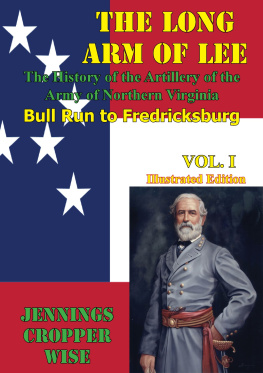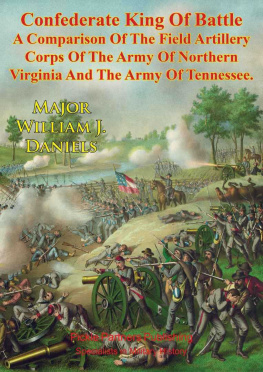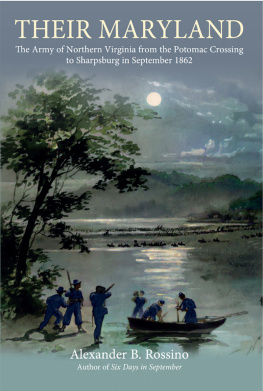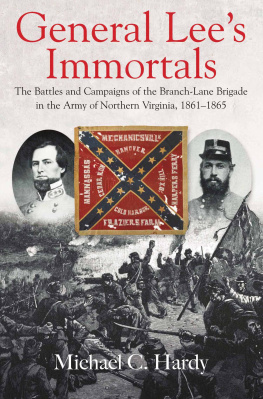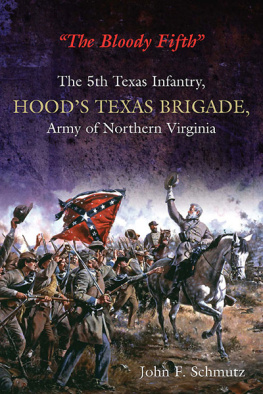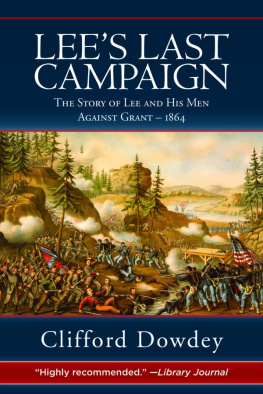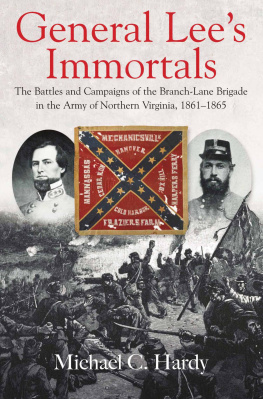

This edition is published by PICKLE PARTNERS PUBLISHINGwww.picklepartnerspublishing.com
To join our mailing list for new titles or for issues with our books picklepublishing@gmail.com
Or on Facebook
Text originally published in 1915 under the same title.
Pickle Partners Publishing 2014, all rights reserved. No part of this publication may be reproduced, stored in a retrieval system or transmitted by any means, electrical, mechanical or otherwise without the written permission of the copyright holder.
Publishers Note
Although in most cases we have retained the Authors original spelling and grammar to authentically reproduce the work of the Author and the original intent of such material, some additional notes and clarifications have been added for the modern readers benefit.
We have also made every effort to include all maps and illustrations of the original edition the limitations of formatting do not allow of including larger maps, we will upload as many of these maps as possible.
THE LONG ARM OF LEE
OR
THE HISTORY OF THE ARTILLERY OF THE ARMY OF NORTHERN VIRGINIA
With a Brief Account of the Confederate Bureau of Ordnance
BY
JENNINGS CROPPER WISE
ILLUSTRATED
TWO VOLUMES
VOLUME I
DEDICATION
DEDICATED
To THE MEMORY OF MY FATHER JOHN SERGEANT WISE
TABLE OF CONTENTS
Contents
ILLUSTRATIONS VOLUME I
GENERAL ROBERT EDWARD LEE, COMMANDING A. N. V.,
BRIGADIER-GENERAL JOSIAH GORDAS, CHIEF OF ORDNANCE, C. S. A.
BRIGADIER-GENERAL WILLIAM NELSON PENDLETON, CHIEF OF ARTILLERY, A. N. V.
BRIGADIER-GENERAL ARMISTEAD LINDSAY LONG, CHIEF OF ARTILLERY, SECOND CORPS
BRIGADIER-GENERAL EDWARD PORTER ALEXANDER, CHIEF OF ARTILLERY, FIRST CORPS
BRIGADIER-GENERAL REUBEN LINDSAY WALKER, CHIEF OF ARTILLERY, THIRD CORPS
COLONEL JAMES B. WALTON, CHIEF OF ARTILLERY, LONGSTREETS CORPS
COLONEL STAPLETON CRUTCHFIELD, CHIEF OF ARTILLERY, JACKSONS CORPS
COLONEL JOHN THOMPSON BROWN, ACTING CHIEF OF ARTILLERY, SECOND CORPS
COLONEL STEPHEN D. LEE
COLONEL WILLIAM NELSON, ACTING CHIEF OF ARTILLERY, SECOND CORPS
COLONEL THOMAS HILL CARTER, ACTING CHIEF OF ARTILLERY, SECOND CORPS
COLONEL WILLIAM JOHNSON PEGRAM
PREFACE
This work has been written in my first year as Commandant of the Corps of Cadets of the Virginia Military Institute. Its writing, therefore, has been attended by many interruptions incident to my military and academic duties. Convinced that the Field Artillery of the Army of Northern Virginia has received too little attention on the part of the historian, I have for years projected such a work as this. In fact, writers on the Civil War have almost as if intentionally ignored the subject, referring but casually to the gunners part in the great tragedy. Their failure to discuss this subject has no doubt been due to a feeling of uncertainty whenever they sought to enter upon what they conceived to be a more or less special domain. Nor was this sentiment uncommon to the participants themselves. The reports of the various commanders engaged in the war are generally vague in matters pertaining to the artillery. Not failing in tribute to the gunners, they have failed to record any definite information concerning the artillery.
The result is that to-day he who enters into an investigation of more than the most casual character finds himself involved in a game of historical dominoes, with many of the pieces lacking. I will illustrate my point by saying that even Maj. H. B. McClellan, Chief of Staff of the Cavalry Corps, in his history of Stuarts campaigns avoids the mention of the horse batteries on certain occasions as if by design. Yet these batteries were as much a part of Stuarts command as the cavalry troops themselves. He does not even include them in the organization of the cavalry, which he gives in an otherwise most valuable work.
More often than not, the corps, division, and brigade returns include the artillery personnel in the strength of the infantry, and rarely are the names of the batteries, or the number of guns engaged, specified. Over such details is merely thrown the cloak of the mysterious word artillery, as if that should suffice for the curious.
While little in the way of service statistics is to be obtained from the survivors, I have secured many clues from the veteran soldiers of my acquaintance, who have often assisted me to make the mask of time less inscrutable.
Originally, I had intended to treat the subject in three distinct parts,that is, the Bureau of Ordnance, its resources, operations, and organization; the organization, material and personnel of the Field Artillery, and the tactics of the arm. But almost immediately after beginning the work I concluded that the two last sub-divisions should be combined for the sake of brevity, as well as on account of the difficulty of treating them separately, which would have at least entailed much repetition.
Once, in the literary enthusiasm of youth, I gathered together a number of my speeches and papers, and, having them printed, I distributed copies of the pamphlet among my friends. But, as is usually the case, vanity betrayed me, for some of these pamphlets fell into the hands of able critics, who quite frequently attacked my comparisons between the Confederate and Federal artillerymen, despite my repeated denials that odious comparisons were intended to be drawn. My Northern friends simply declared that comparisons were inherently odious, and that I could not make them otherwise. I learned nay lesson, and in this work I have endeavored to avoid anything that even savored of a comparison, except in matters of material, organization, equipment, and tangible things in general, believing that history would best be subserved by presenting the facts and allowing each reader to draw his own conclusions.
To me the record of Lees artillery, or his long arm, has been one of surpassing interest. Each chapter, as it unfolded itself, seemed more and more in need of a stronger pen than mine. Yet I feel that if I have failed to draw the proper inferences from the tangle of available facts, the proof that I have erred will at least disclose the truth, and I will, therefore, have been indirectly responsible for a better account than my own.
The story of the gunners of Lees army has always appealed with peculiar force to my imagination, by reason of the lasting repute so many juniors, from the standpoints of both age and rank in the service, acquired. Every Southern child has heard, in terms of praise and tenderest affection, the story of Pegram, the youthful colonel; of the one-armed Haskell; of Latimer, the boy major; of Breathed; of Caskie; of Jimmie Thomson and Preston Chew. And lives there a son of the Southland who has not heard of Pelham, the Gallant, so named by the lips of Lee himself? It seems almost invidious to mention these few and to omit the names of their peers. Ab uno disce omnes.
While the cherished deeds of the Confederate artillery subalterns are in no wise comparable, according to a strict standard of military accomplishment, with the achievements of such soldiers as Longstreet, the Hills, Ewell, Mahone, Gordon, and many others of like mold, yet, in the South at least, of the two, the personal recollection of many of the juniors is the more lastingly tender, and the general interest in them grows greater with each year, by reason of the heroic traditions that cluster about their youthful memories.
Undoubtedly there was something in the spiritual composition of these boyish soldiers, a mixture of dash and conviction, not akin to mere bravado, but more like divine faith, which made them unconquerable. Living, they possessed that quality electric, more spirituelle than physical, which gave temper to their steel and made their thrusts the keener. Dead, there survives in connection with their memory that elusive influence which, lingering, when appealed to, makes brave men of cowards.
Next page
